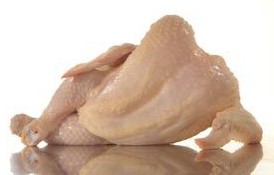 Keratosis pilaris is a common skin condition that usually affects the thighs, upper arms, and buttocks. Since keratosis pilaris also can affect the face, it’s sometimes mistaken for acne.
Keratosis pilaris is a common skin condition that usually affects the thighs, upper arms, and buttocks. Since keratosis pilaris also can affect the face, it’s sometimes mistaken for acne.
Keratosis pilaris results from excess production of keratin, a cream-colored protein. When keratin builds up in hair follicles, it forms hard plugs, resulting in a proliferation of hard white or red bumps the size of a grain of sand. Although these bumps resemble acne, they don’t contain pus but can occasionally become inflamed and itchy. In some cases, keratosis pilaris also appears as dry, rough patches.
The main types of keratosis pilaris include:
- Keratosis pilaris rubra, which causes red, inflamed bumps.
- Keratosis pilaris alba, which causes rough, bumpy skin with no irritation.
- Keratoris pilaris rubra faceii, which causes a red rash on the cheeks.
Also known as “chicken skin” because of its goose-bump-like appearance, keratosis pilaris affects as many as 80 percent of teenagers and about 40 percent of adults. It is more common in women and may be more severe during dry weather. Although it’s not known why excess keratin production occurs, it may be related to heredity. You’re more likely to develop keratosis pilaris if you have a family history of skin conditions such as atopic dermatitis .
.
Although keratosis pilaris can be persistent, annoying, and difficult to treat, it usually doesn’t cause pain, itching, or other complications, so it’s considered a benign condition. If you’re concerned about its effect on your appearance, self-care measures can make it less noticeable. If these measures don’t work, your doctor or dermatologist may recommend medical treatments.
Self-Care Strategies for Keratosis Pilaris
Most doctors recommend an initial regimen of intensive moisturizing, which involves application after bathing and reapplication several times a day. Products that may help loosen keratin plugs and soften rough, dry skin include Glytone Exfoliating Body Wash and Glytone Body Lotion, available separately or together in the Glytone Retexturize Keratosis Pilaris Kit. We also recommend Glycolix Elite KP Kit. Others include medicated creams containing ingredients such as:
include Glytone Exfoliating Body Wash and Glytone Body Lotion, available separately or together in the Glytone Retexturize Keratosis Pilaris Kit. We also recommend Glycolix Elite KP Kit. Others include medicated creams containing ingredients such as:
- Urea (Try PCA Skin Hydrating Serum and Topix Replenix All-Trans-Retinol Smoothing Serum 3X).
- Alpha hydroxy acids (Try Dr. Dennis Gross Alpha Beta Daily Body Peel, NeoStrata Problem Dry Skin Cream, and SkinMedica 15% AHA/BHA Face Cream).
Other recommended self-care measures include using humidifiers during dry, winter months. Experts differ on washing techniques. Some recommend soaking in hot baths and vigorous scrubbing of affected areas with a coarse washcloth or stiff brush. But others caution that such measures may irritate skin and worsen the condition.
Although keratosis pilaris can be annoying and persistent, you may be able to wait it out because it often subsides after age 30. If it’s a cosmetic concern, however, self-care measures and medical treatments can minimize the appearance of “chicken skin” and boost your self-confidence when you venture outside the coop!
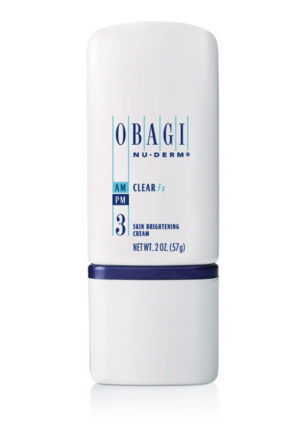
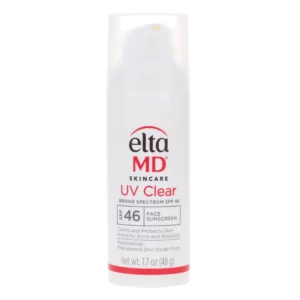
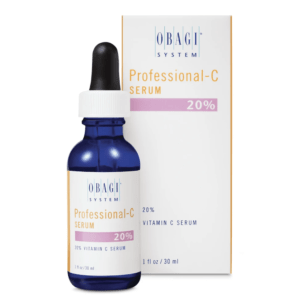
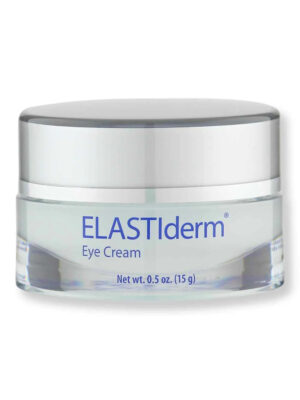
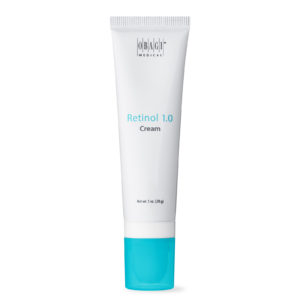
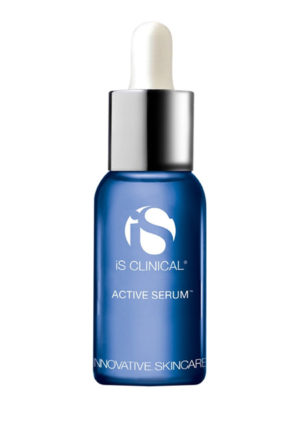
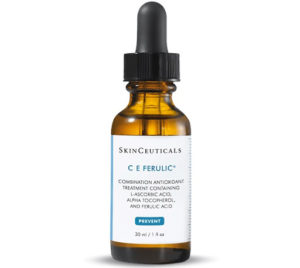
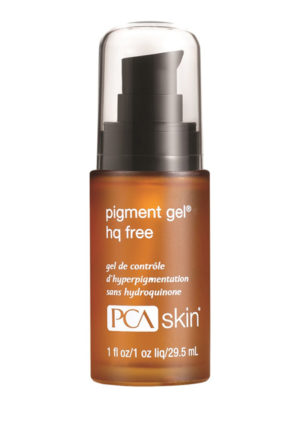
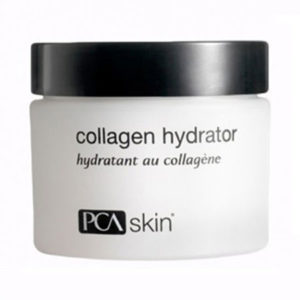
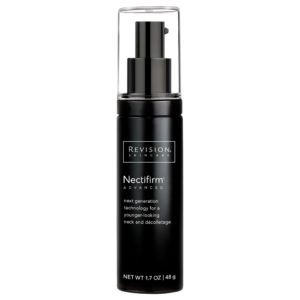
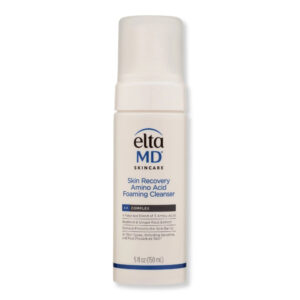
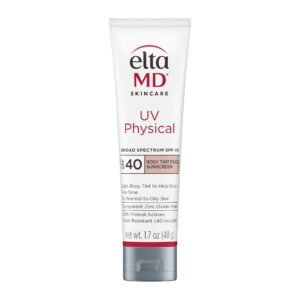
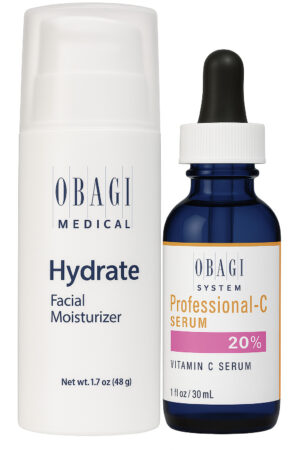
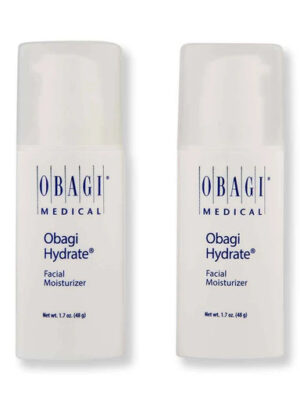
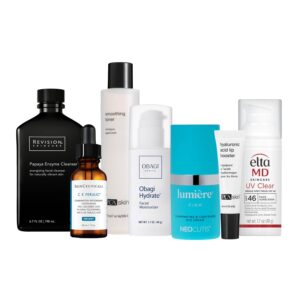


Very clear and helpful. Thanks for sharing this interesting information to us. This will help many people especially those who are suffering from this condition. I have also read about the Keratosis Pilaris Book which tackles many important things about it that is why I find that book very helpful.